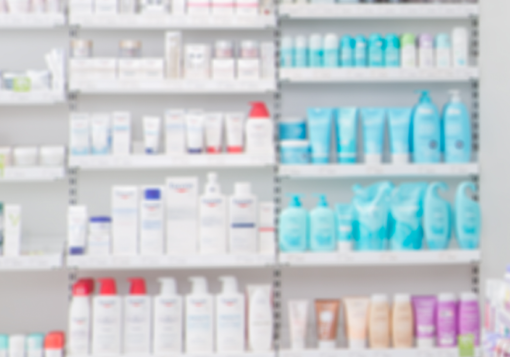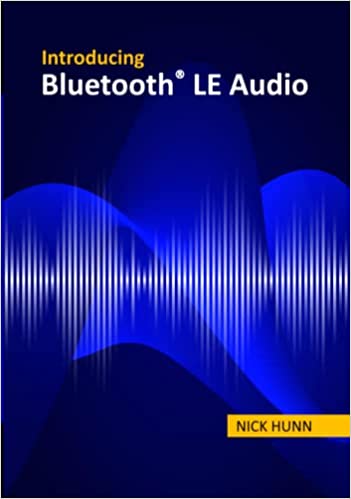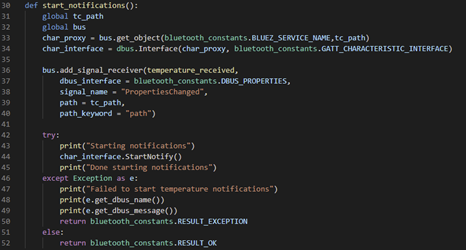Julia’s concept for her Bluetooth Breakthrough Award entry, DateSense, uses a small, affordable Bluetooth sensor, discreetly embedded into a common object like a watch, straw, or other personal item, to detect potential drug molecules. If a dangerous substance is detected, the sensor sends an immediate text message—customized so only the user knows its meaning—to the user’s phone via Bluetooth. Julia wants the concept to work with any personal device as a way to provide convenience and safety to every gender and demographic.
“When I first heard of Bluetooth and its ability to collect specific pieces of information, such as heart rate and blood sugar levels, I immediately realized its connection to my passions.”
A self-proclaimed techie, the 17-year-old is involved in various STEM-related competitions like Science Olympiad and American Computer Science League. She is also gaining hands-on experience as a student researcher in the university labs of North Carolina State and Duke.
“I know each of these skills has the potential to lend to real-world solutions. This is my largest motivator—knowing what I learn in the classroom and in the lab has a practical use. Whether in medicine, the arts, or in daily life, technology is such a powerful tool, and I love it for its inexhaustible applications.”
Her love of tech came from an early age when an episode of NOVA Science Now’s “Making Stuff” series in the eighth grade put her on the path of pursuing technology to help those in need. And before that, the Sherlock Holmes fanatic loved that science is “like creating factual art” and about using “unorthodox methods.”
“Every time I begin a science project, I like exploring the multiple paths my research can go down, and realize that every path leads to a different solution. I get to make the choice of where I go, and science will take me there.”
So where does Julia see herself in 10 years?
“Is Tony Stark an option?” For her, yes, and she’s well on her way.
Her next steps for DateSense is to continue building off her research and lab work on molecule detection in liquids with nanotechnology, leverage Bluetooth® technology, and develop a working prototype.
This won’t be the first project she’s made an impact with. Last year, Julia conducted an independent study to increase awareness of her school’s biodiversity through technology. She identified 30 tree species on campus and created a mapping system that gave virtual and physical access to the identification of each tree using QR codes that link to the species page on a mobile-responsive website. Not only did Julia receive the Cary Academy Outstanding Technology Award, but her project also became a part of the curriculum, used in science classes around campus.


![1970363214 26a65d3b4501a03ccb07d0573676bdb810f2418b1f66c382130b616b3dd8efaa d [1]](https://www.bluetooth.com/wp-content/uploads/2025/01/1970363214-26a65d3b4501a03ccb07d0573676bdb810f2418b1f66c382130b616b3dd8efaa-d_1-660x371.jpg)

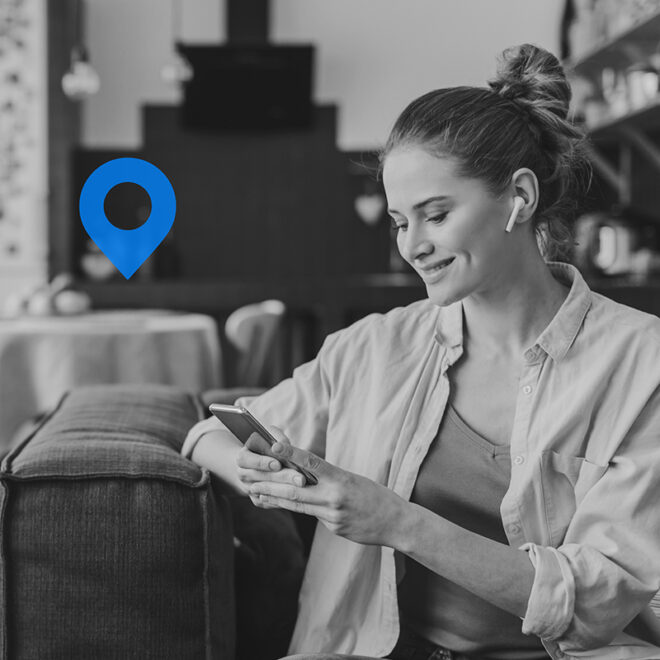











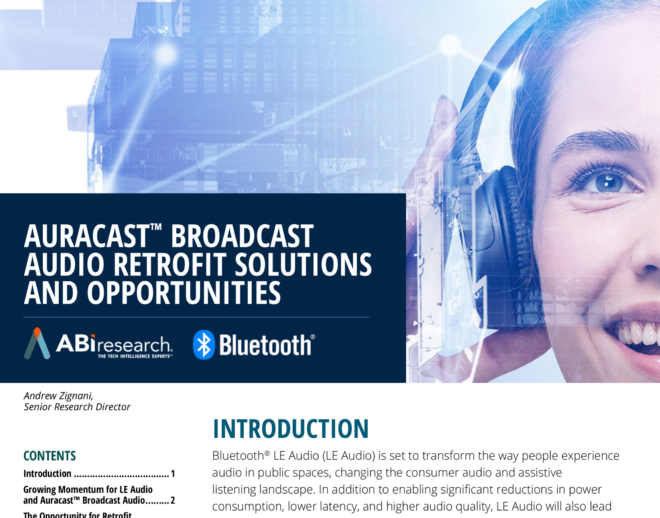
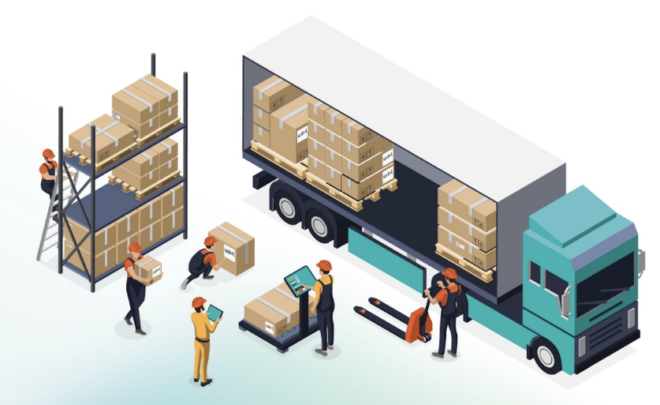
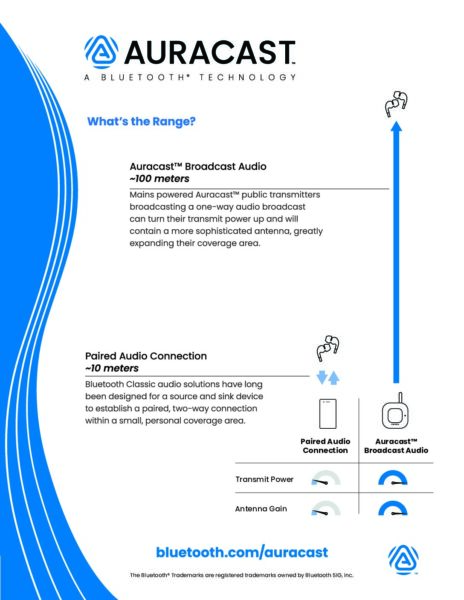
![2312 CES Handout Images FINAL existing pdf 464x600[1]](https://www.bluetooth.com/wp-content/uploads/2024/01/2312_CES_Handout-Images_FINAL-existing-pdf-464x6001-1.jpg)
